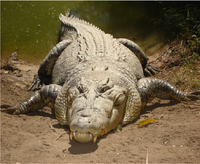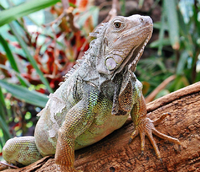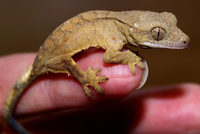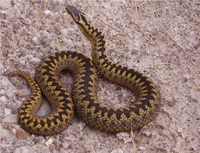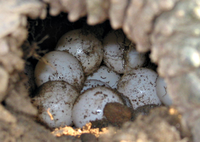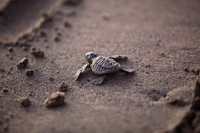Difference between revisions of "Reptile"
(→Lifecycle of Reptiles) |
|||
| Line 36: | Line 36: | ||
{| class="wikitable" | {| class="wikitable" | ||
|- | |- | ||
| − | |Turtle Eggs | + | |'''Turtle Eggs''' |
| − | |Baby Turtle | + | |'''Baby Turtle''' |
| − | |Adult Turtle | + | |'''Adult Turtle''' |
|- | |- | ||
|[[File:TurtleEggs.png|center|200px]] | |[[File:TurtleEggs.png|center|200px]] | ||
Revision as of 12:57, 24 August 2018
Contents
Key Stage 1
Meaning
A reptile is an animal with a backbone that has dry scales and usually lays soft eggs on land.
About Reptiles
- Reptiles cannot keep themselves warm so they have to sunbathe to get warmer.
Examples
| A crocodile is a large and dangerous reptile. | An iguana is a reptile that can be kept as a pet. |
| A gecco is a climbing reptile | An adder is a venomous reptile. |
Key Stage 2
Meaning
A reptile is an animal with a backbone that has dry scales and usually lays soft eggs on land.
Lifecycle of Reptiles
| Turtle Eggs | Baby Turtle | Adult Turtle |
| A reptile starts its life in a soft egg, usually buried underground. | A baby reptile hatches and its parents abandon it so it has to find its own food. | An adult reptile can have its own offspring. |
